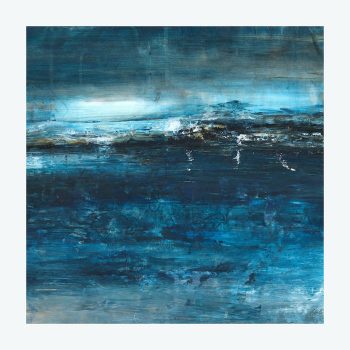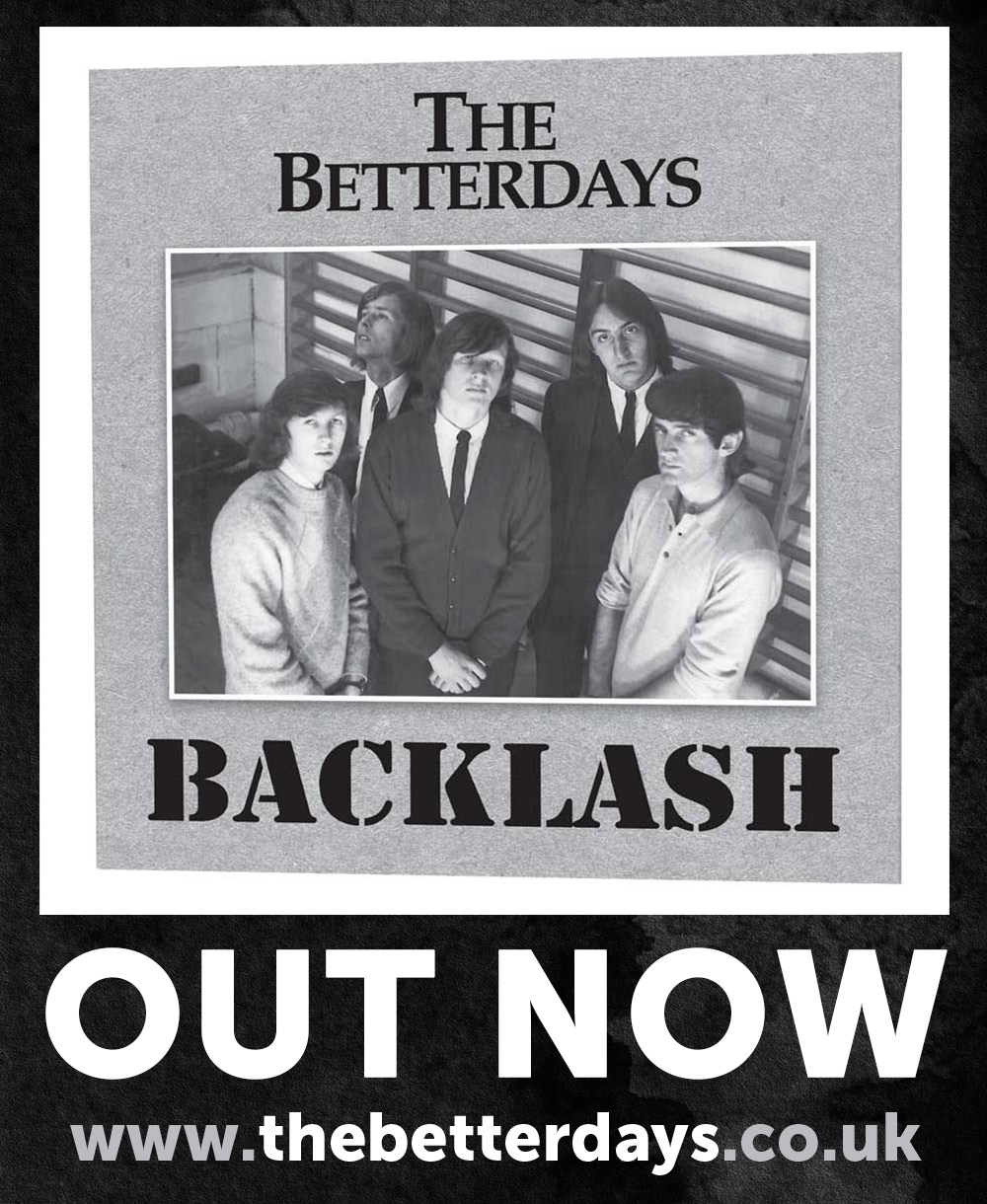 (5 / 5)
(5 / 5)
This has been out a wee while, and if the truth be known; I “mislaid” the CD James sent me ages ago to consider for review. So, my bad! Where did I “lose” it?
Er, at the bottom of a carboard box of paperwork waiting to be shredded!!! Re-discovered today with a pile of other CDs that I had intended to review myself or have other contributors cover. I’d lose my head if it was not screwed on, as they say! Numpty.
So, revisiting each of these “lost” CDs today, this one was far too good to ditch. One of my personal favourite albums of this year, of any genre, in fact. A clever blend of folk, jazz and a Celtic flavouring, exemplary material and even more exemplary performances from the assembled cast. But note; just because it is James’ name as the “star” of this show, does not mean it’s a solo record with a few session chaps booked for the day and he hogs the spotlight. No Sir.
This is very much a group effort and the chemistry is palpable. The Glasgow-based instrumentalist James Lindsay steps out of his comfort zone and takes up the mantle of composer and band leader here, on his debut solo offering.
He’s a respected session musician on many genres, arranger, tutor and member of multi-award winning folk group Breabach. He also plays for the likes of Bella Hardy and Treacherous Orchestra among others. He won the coveted Martyn Bennett prize for composition in 2014.
He has earned a good name in the folk world, but here he pushes the envelope and a wider range of influences, including contemporary jazz, roots and experimental music, to deliver a sparkling and relaxing instrumental collection of eight cuts.
Very ethereal, very chilled, very cinematic. The mix of folk and jazz has been done seamlessly and very, very well. Many layers within these eight tracks and you hear something new on each subsequent listen.
On double bass is James Lindsay, on Fender Rhodes electric piano is Tom Gibbs, Ben Macdonald on guitar, drummer Scott Mackay, Adam Sutherland provides fiddle and Hamish Napier straddles Wurlitzer and flute. All eight tracks composed by James Lindsay. Some of the guys play with Treacherous Orchestra, Roddie Hart & The Lonesome Fire and Stu Brown’s Twisted Toons.
The album was recorded in Glasgow, with Transatlantic Sessions engineer Iain Hutchison at the helm. Mixing and mastering was completed in Brooklyn, New York by acclaimed jazz producer Michael Perez-Cisneros, who has worked with the likes of Julian Shore and Gilad Hekselman, among others. Doubtful you’ll find any production issues here, and I’m certain the production values and the subsequent quality are faultless.
James was most inspired by artists such as Bill Frisell, Aidon o’Rourke, Sam Amidon, Ben Wendel and Martyn Bennett. The core theme draws inspiration from the struggles between nature and man; writ large along the rugged Scottish coastline. Yeah, I do believe he has crafted the perfect soundtrack for that landscape, one minute bleak, moody and dramatic, the next; tranquil and quite beautiful.
The record opens with a “tribute” to the remnant of an ancient volcano, “Hebrides Terrace Seamount”, the largest undersea mountain in the British Isles. “The Silent Spring”, is based upon a lovely true tale of a water shortage closing one of Scotland’s oldest distilleries in 1968. Until in 1972, two guys discovered “the silent spring of Coutens Farm”, a stream that was hard to see or hear, but which solved the chronic water shortage and re-opened the whisky producer’s business, thriving today as “Glen Garioch” whisky.
“Sodhaigh” a Gaelic word that translates into “Sheep Island”. This one sits off the south-west end of the Isle of Skye. Ahhhh, Skye is one of my favourite places on the planet. My memory is etched with the glorious sight of a pair of wild sea otters sat a few feet from me, chewing on the fish discarded by the trawlers in Portree late at night, as they had just returned to unload the day’s catch.
Back in the day when cameras used film, I shot off two rolls of these beautiful creatures, which were sat on a wooden pontoon a few stone steps from me in the harbour of Portree, the main town on Skye. So excited to get the pictures back from the lab when I got home (from honeymoon), only to discover they cocked them up and ruined all the shots. I did not get one salvageable image. Gutted. Their consolation offer was two free films and an apology! I cannot repeat what my response was.
Back to the song; this “Sheep Island” was home to a whaling factory in 1946, a short-lived industry for the oil, but it almost wiped out the basking sharks in Scottish waters. The island is also famed for being the spot where in 1979, inhabitants performed the world’s first solar powered long-distance telephone call.
“Shallow Firth” is based upon the disturbing truth about Gruinard Island, which translates from Old Norse into Shallow Forth. The island sits off the west coast near Ullapool and Gairloch. During the second world war, it was the site of a biological weapons test by the British Government. Deadly Anthrax spores were dispersed around the islands, killing the sheep and screwing up the land, resulting in a 48-year long quarantine of the earth. A protest movement pressurised a Government decontamination project, and in 1990 the island was declared safe, but uncertainty remains. Not a place on my “must visit” list.
“UB85” is not a dig at how many versions of the reggae band UB40 there currently are! No. This song references the sinking of German sub’ UB85 in WW1. The British Navy captured the crew off the coast of Belfast, and the Captain claimed a large sea monster had attacked and damaged the sub’ in the night, disabling their abilty to submerge. In October 2016, the wreck of the UB85 was discovered on the sea bed off the Galloway coast.
“Stacks” refers to the mighty rock formations found along the Scottish coast, rising out of the ocean, and perhaps the flare stacks (or gas flares) atop oil rigs. The penultimate cut, “Forvie Sands/Creel”, was penned by James with memories of The Sands of Forvie, a sand dune system just north of Aberdeen. Once the site of the village of Forvie, obliterated by shifting sands after a nine-day storm in the 1400s. “Creel” was written about another village, Catterline, south of Aberdeen, where James spent time as a youngster.
The closer “Beaufort’s Dyke”, is a deep sea trench in the north channel between Scotland and Northern Ireland. The UK’s largest off-shore dumping ground of conventional and chemical munitions, and has become a major environmental and safety concern, due to underwater explosions and material that has washed ashore. The main melodic theme of this track, was inspired by a hymn attributed to L.C. Everett called “Beaufort. L.M.D”.
This really is a love letter to the ocean; the Scottish ocean, the Scottish landscape and encapsulates the definition of “Strands; land bordering a body of water, and one of the elements interwoven in a complex whole”. It delivers something really special, musically. Hopefully, the opening gambit of much more beautiful and uber-creative releases from James and his cohorts.
By Simon Redley
 (1 / 5) ‘Dull Zone’
(1 / 5) ‘Dull Zone’ (2 / 5) ‘OK Zone’
(2 / 5) ‘OK Zone’ (3 / 5) ‘Decent Zone’
(3 / 5) ‘Decent Zone’ (4 / 5) ‘Super Zone’
(4 / 5) ‘Super Zone’ (5 / 5) ‘Awesome Zone’
(5 / 5) ‘Awesome Zone’





